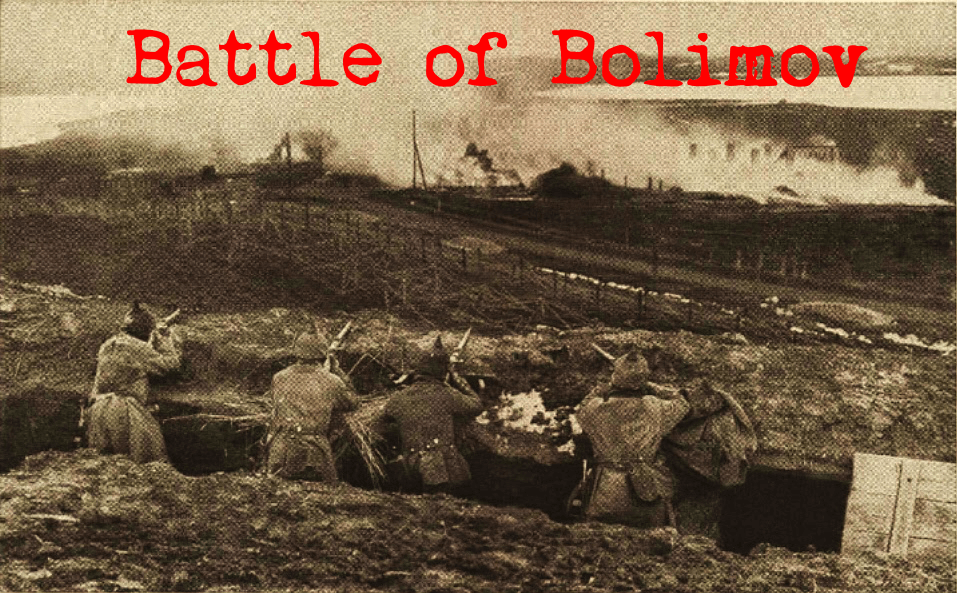Battle of Bolimov
Battle of Bolimov Fought between the German Ninth Army led by August von Mackensen and the Russian Second Army led by Smirnov, the… Read More »Battle of Bolimov
Battle of Bolimov Fought between the German Ninth Army led by August von Mackensen and the Russian Second Army led by Smirnov, the… Read More »Battle of Bolimov
